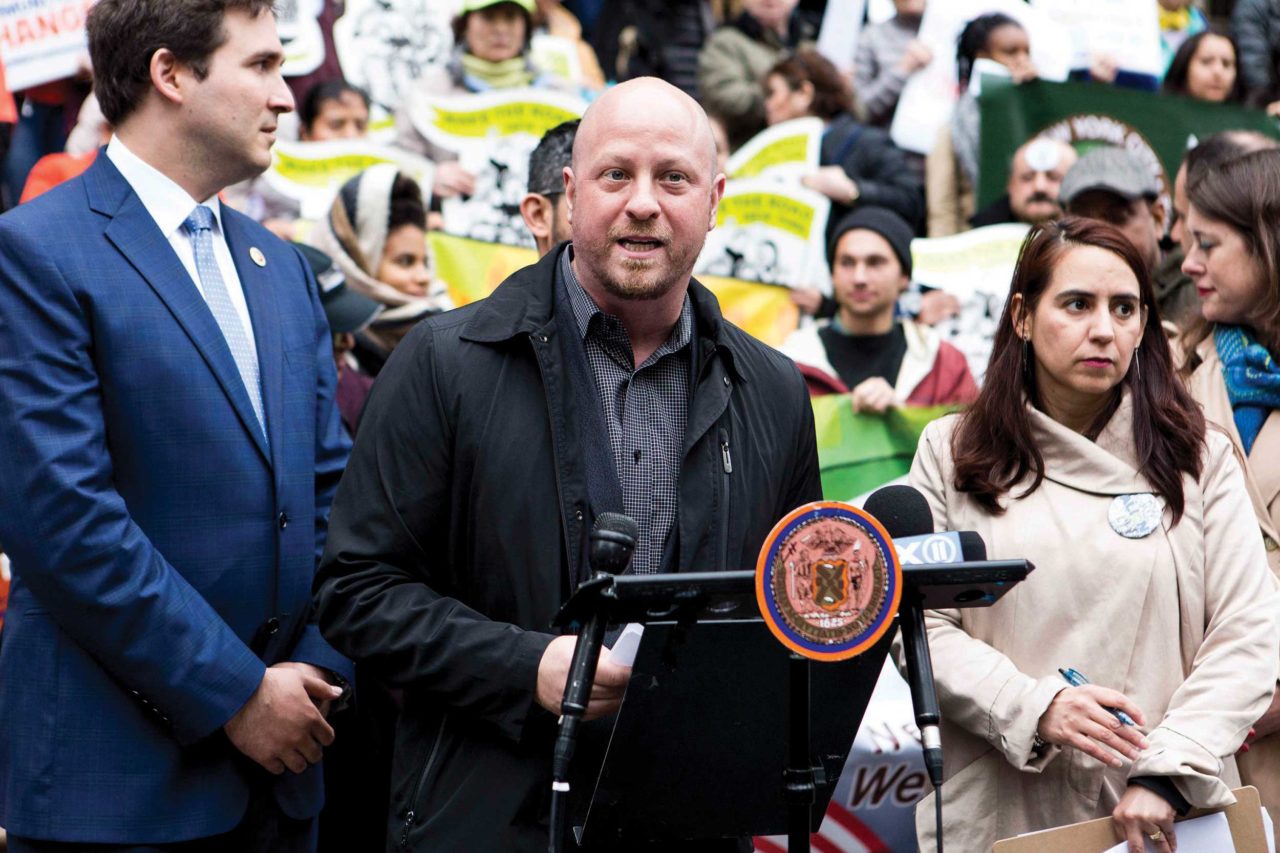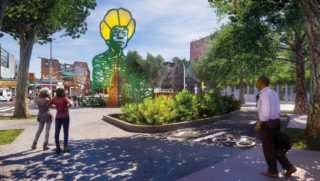
Here’s a scenario that most New Yorkers experience every winter: It’s February. It’s 17°F outside, and you are inside…sweating! Why? Because you live in a building that has steam heat, blasting uncontrollably. (Well, at least you have no control over it. You’ve turned the knobs on your radiator, but they do nothing.) So you open a window, and you can see the air get wavy as the heat wafts out and the room starts to cool. Or you may even turn on your A/C unit, sitting in your window all winter, to counter the extreme heat of your apartment. In the summer, that same A/C unit, installed precariously in your window with a piece of cardboard and maybe a towel “insulating” the gaps around it, is blasting as the heat leaks in around it and the manufactured cold air leaks out. New Yorkers, this is not normal! It is wasteful—of resources and of finances—and it is part of the reason why buildings in NYC (mostly older ones) contribute around 70% of the city’s carbon emissions. Why do we rent or even purchase housing at prices higher than in almost any other city, and accept these conditions?
Help is on the way, or so we hope. In April 2019, on the cusp of Earth Day, with the support of the AIA New York Chapter and several other sustainable advocacy groups, the New York City Council passed our city’s first retrofit bill. The bill aims to legislate the retrofitting of residential buildings 25,000 square feet and larger with green heating and cooling systems, double-paned windows that don’t leak air in or out, and the sealing up of roofs that leak hot and cold air, among other sustainable improvements. This is a bold step towards NYC’s goal of reducing our carbon emissions 80% by the year 2050.
We must figure out how this will be done, who will pay for it, and how to ensure that the green retrofitting of NYC’s buildings will be an exercise in inclusivity: That, no matter our income level, we will all live and work in healthy and comfortable environments, outside and in.
As New York was legislating steps to address its large stock of polluting buildings, the Sustainable Development Solutions Network: A Global Initiative of the United Nations recently convened a think tank of architects, academics, and activists for a dialogue on sustainability at Columbia University. The think tank’s host, economist, and sustainability visionary, Professor Jeffrey Sachs, tasked participants to think about creative ways to promote the UN’s Sustainable Development Goals (SDGs) to “make cities and human settlements inclusive, safe, resilient, and sustainable.” These key themes also appear in the U.S. Conference of Mayors’s priorities.
Reviewing these goals and thinking about how each of us can work towards them in our own projects, or advocate for legislative action supporting them, will help us collectively create sustainable and inclusive cities. Here are the SDGs’s Sustainable Cities and Community targets:
1. Ensure safe and affordable housing.
2. Provide affordable and sustainable transport systems.
3. Guarantee inclusive and sustainable urbanization.
4. Protect the world’s cultural and natural heritage.
5. Reduce the adverse effects of natural disasters.
6. Reduce the environmental impact of cities.
7. Provide access to safe and inclusive urban spaces.
8. Establish strong national and regional development planning.
9. Implement policies for inclusion, resource efficiency, and disaster risk reduction.
10. Support least developed countries in sustainable and resilient building.
For more information about the UN’s Sustainable Development Network, log on to www.unsdsn.org.
















